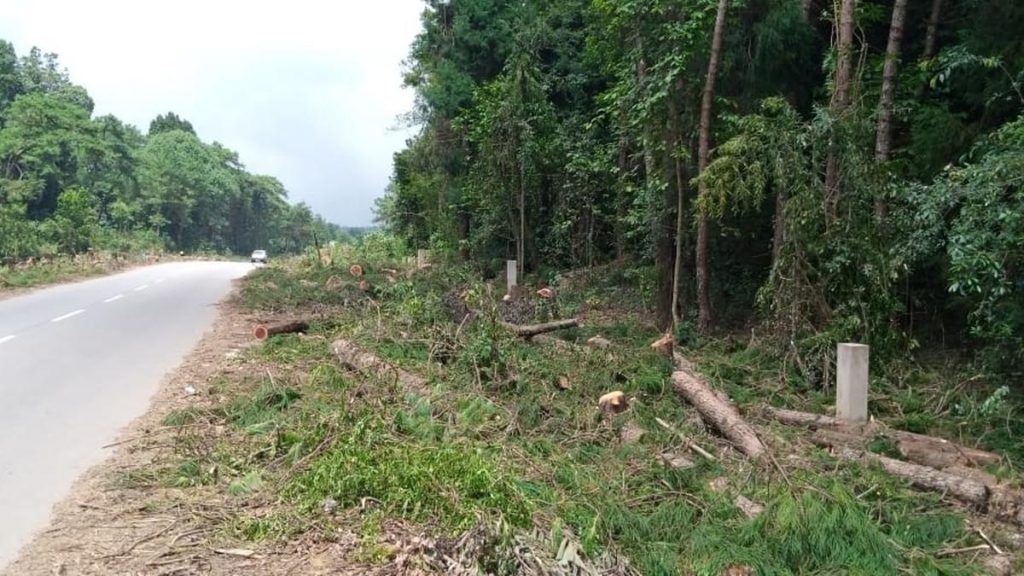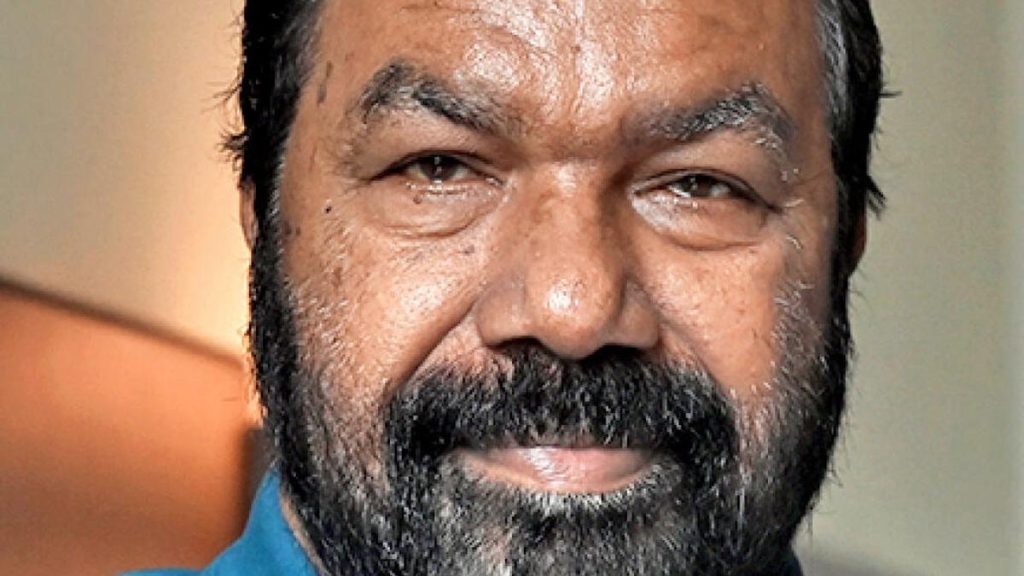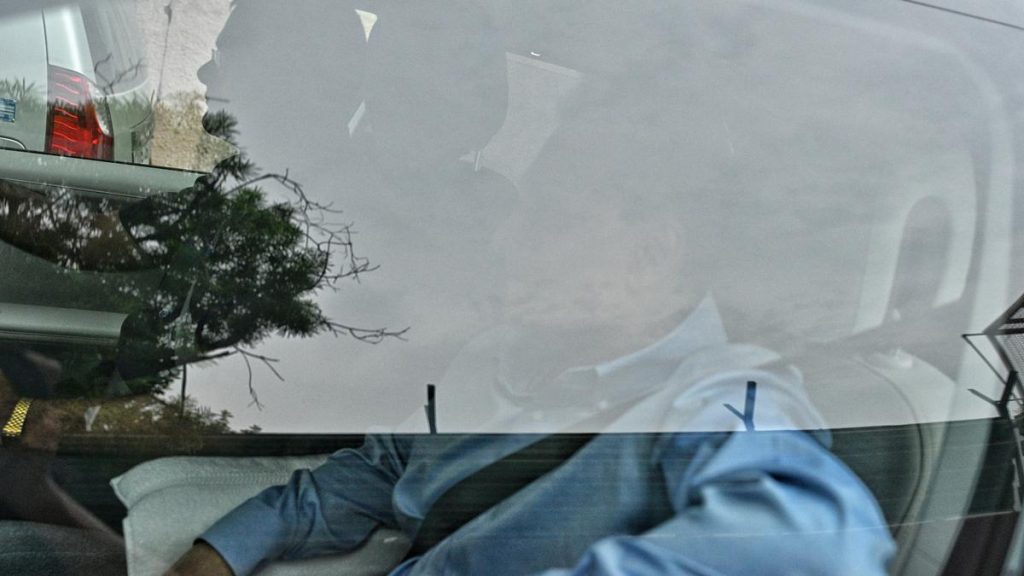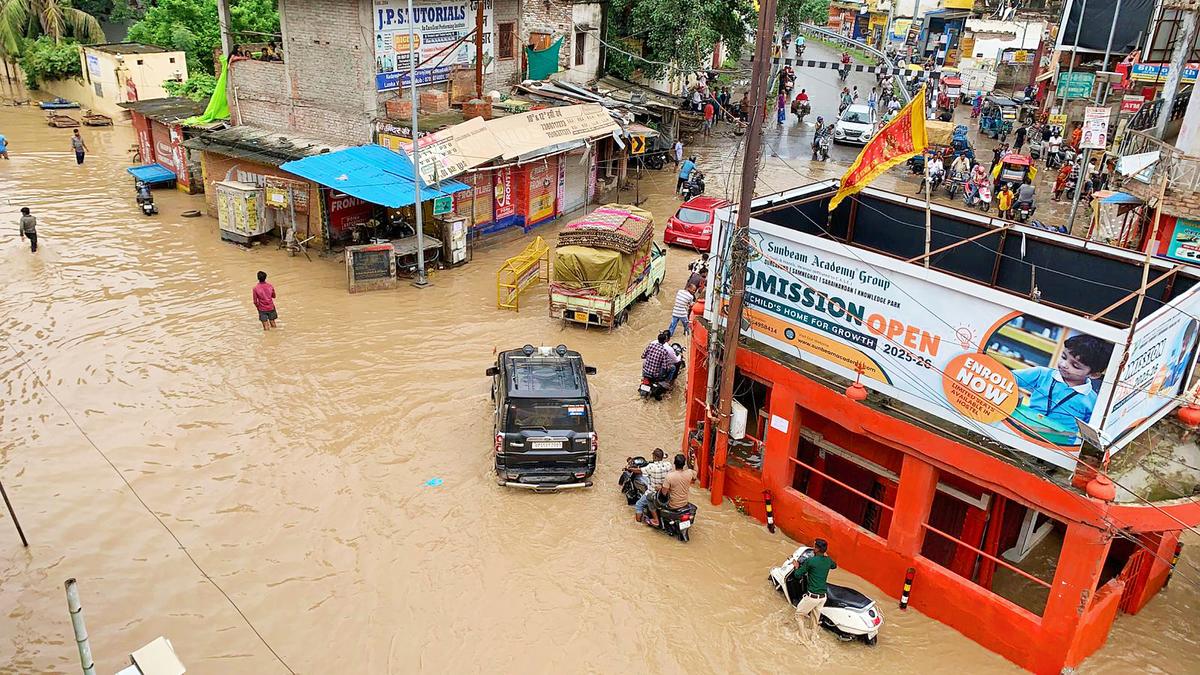Now Reading: Cities Worldwide Embrace Car-Free Streets Movement
-
01
Cities Worldwide Embrace Car-Free Streets Movement
Cities Worldwide Embrace Car-Free Streets Movement
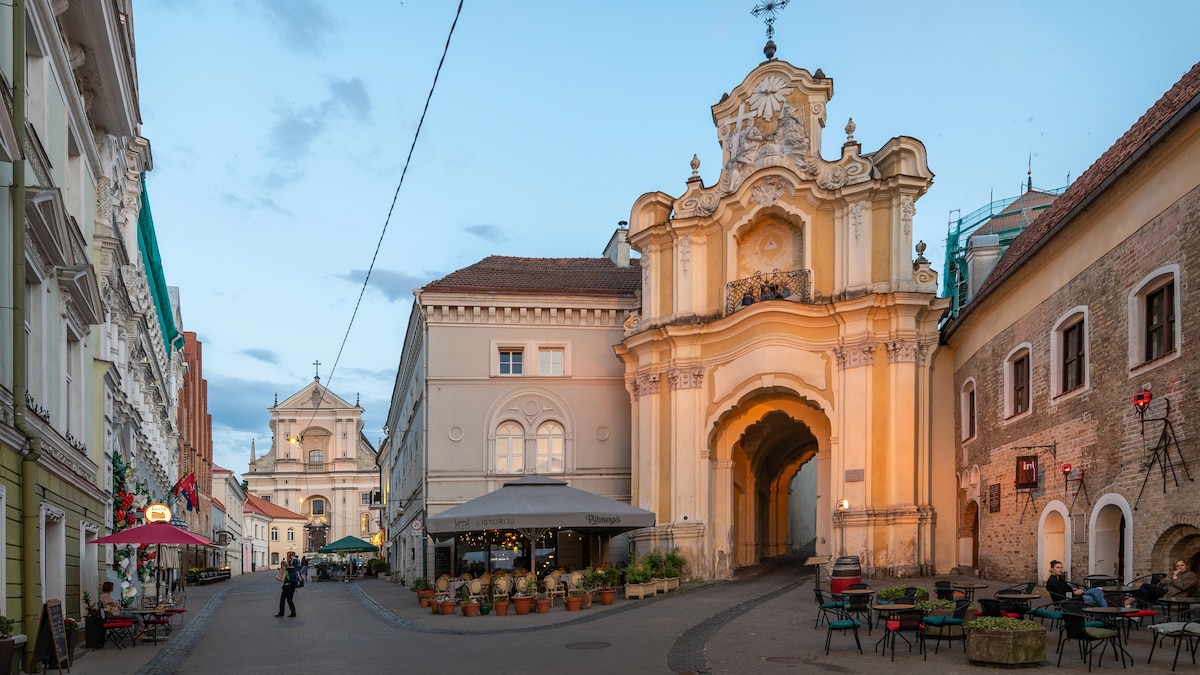
Swift Summary
- Mission Rock in San Francisco: A transformed urban neighborhood emphasizing sustainability, featuring car-free streets, communal spaces, adn green areas. The 28-acre project was a partnership between the san Francisco Giants and other organizations. Includes residential units with easy public transit access.
- Global Pedestrian-Friendly Initiatives:
– Vilnius, Lithuania: Named European green Capital 2025 with investments in eco-friendly transport systems and extensive bike lanes.
– Philadelphia,USA: Hosts one of America’s largest trail networks with over 400 miles connecting urban hubs to rural areas.
– paris, France: Citizen-supported initiative to pedestrianize streets under Mayor anne Hidalgo’s leadership. Seine River quays transformed for walkers; biking infrastructure growing rapidly.
– Dubai, UAE: Plans for over 4,000 miles of walkways including air-conditioned paths like the Future Loop connecting landmarks.
– Tampa, Florida: Development of mixed-use neighborhoods promoting outdoor activities alongside free streetcar services to key destinations.
– Bogotá, Colombia: Celebrates Ciclovía weekly events where streets are vehicle-free for pedestrians and cyclists.
– New York City, USA: Projects like The High Line park and Little Island repurpose spaces into green pedestrian zones; upcoming plans focus on expanding Fifth Avenue sidewalks.
Indian Opinion Analysis
Urban centers worldwide increasingly prioritize human-centric designs in response to challenges such as climate change and evolving lifestyle preferences post-COVID-19. India could draw meaningful lessons from these global initiatives by enhancing walkability across its cities while addressing hazardous pollution levels through reduced vehicular dependency.Examples like Mission Rock highlight the importance of multi-stakeholder partnerships that blend ecological well-being with infrastructural development-relevant amidst India’s rapid urbanization. Integrating efficient public transportation along pedestrian zones similar to Vilnius’s model may especially benefit dense cities like Delhi or Bengaluru.
On a cultural level akin to Bogotá’s Ciclovía events or Paris’s garden roads plan, reimagining certain parts of historic or tourist-heavy locales as car-free districts might align well with public sentiment while fostering enduring tourism growth reflective of India’s concerns about overcrowded destinations.


